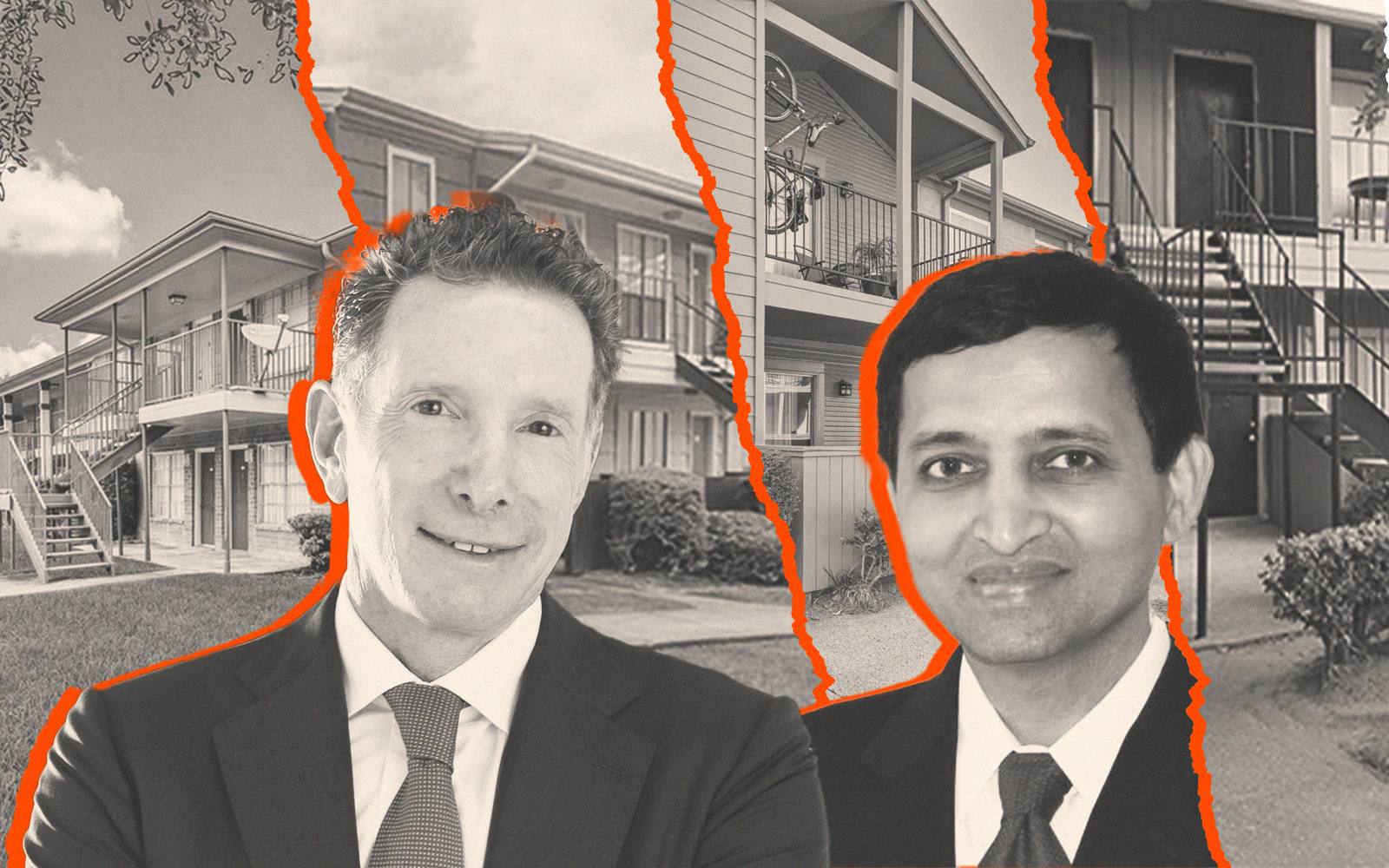Texas has been here before.
In the late 1980s, a bygone Dallas bank called First Republic spiraled into a crisis, its books saddled with non-performing commercial real estate loans. Jamie Dimon, at the time just a faceless CFO in his early 30s, couldn’t ride in on a white horse to pick up the pieces. Instead, in July 1988, First Republic failed and merged with a lender called NCNB Texas National. But in Texas commercial real estate, the bank didn’t do much lending.
“NCNB, the acronym was ‘No Cash For Nobody,’” said Kevin Santaularia, CEO of Dallas-based Bradford Companies.
Santaularia learned from the first First Republic collapse — now, as a second plays out on the national stage, lenders are again building their reserves, and commercial real estate is a no-no in credit committees.
“Now it’s a national problem, versus a Texas problem,” Santaularia said.
At first, it seemed Texas might be insulated from the widespread distress facing the country’s commercial property owners. While the pandemic wrecked other downtowns, Texas cities largely maintained top-tier office leasing numbers, and their multifamily rents rocketed to the moon.
While the wall hasn’t collapsed in Texas yet, some cracks are starting to show. In April, Arbor Realty Trust foreclosed on a $229 million multifamily portfolio in Houston. A few companies, Santaularia’s included, have raised nine-figure funds to target distressed commercial real estate in Texas.
As loans come due, particularly for certain multifamily properties and office buildings, the vultures are starting to circle. Every day their numbers grow.
Building a war chest
Bradford Companies raised $100 million for its distress fund, not enough to buy skyscrapers, but plenty for smaller deals. It already has a letter of intent for one property south of LBJ Freeway in Dallas and is under contract for a second in the Mid-Cities, a collection of suburbs between Dallas and Fort Worth. The firm is mulling another fundraise.
Santaularia says the most active contributors to his fund and others like it have not been the pension funds and major institutions that normally put their money to work in commercial assets. “The capital is in family offices, CPAs, attorneys, wealth management,” he said.
When the firm bought Meadow Park Tower, a 260,000-square-foot office building on North Central Expressway in Dallas last year, it bought exclusively with private investors, because institutional capital was locked up.
Three Pillars Capital, a Houston-based private equity fund, recently raised $300 million from high-net-worth investors and family offices to target distressed multifamily properties in the Sun Belt. Arlington-based SkyWalker Property Partners is targeting another $250 million in distress acquisitions in the area.
SkyWalker’s focus on $10 million to $30 million deals is telling. While Houston’s Central Business District is giving some cause for concern, most distress activity in Texas so far has been in Class B multifamily or office properties outside of urban cores.
In the San Antonio metro area, there is $11.2 billion in outstanding multifamily loans, according to Trepp. Some $618 million, or 6.6 percent, have a debt service coverage ratio low enough that Trepp considers them “at risk,” meaning that income from the properties is not enough to readily cover the loan payments.
About 60 percent of the at-risk debt comes from commercial real estate collateralized loan obligations, or CLOs. The multifamily loans in CLOs are often called “story loans,” because there’s some kind of value-add or renovation strategy associated with them. Typically, the borrowers aim to renovate aging apartments, allowing them to compete with new construction and jack up rents to cover debt service.
But rent growth has slowed in major Texas metro areas after years of double-digit growth, and construction costs have grown. In San Antonio, for example, that leaves many value-add operators with higher-than-planned costs, slower rent growth and an expensive refinance on the horizon, all while some 18,000 units are set to come online in the coming years.
In March, Nitya Capital sold almost 500 apartments in San Antonio to Nord Group in a deal that the broker said was the result of “a number of challenges,” stemming from rising rates and tighter lending. The properties, largely built in the 1980s, represent the type of value-add multifamily property that has caught some investors with their pants down. Zachary Meyer, director of Texas multifamily sales for Rosewood Realty Group, said Nitya could soon have company.
“Ballpark, in the next three-to-six months, we’re really going to see an uptick in distress: distressed properties and distressed sellers as people’s loans mature and they can’t refi,” Meyer said.
Owners or ground-up developers who started work earlier and are leasing up now can still exit with a profit, according to Zar Haro, managing director of investment sales at San Antonio brokerage Northmarq.
“Where we were seeing people hitting home runs — tripling their money on a development deal — we are now seeing base hits, doubling their equity,” Haro said. “They’re disappointed in profit, but they’re not distressed.”
Deals a little further down the timeline might not have the same luck. “The deals that culminated in 2021 or 2022 and are starting construction and having big cost overruns are probably a challenge right now,” Haro said.
Rosewood is similarly interested in developers with maturing bridge loans, Meyer said. “The only people who are at risk are the people who developed during the rate hike and are entering the lease-up phase,” he said.
Northmarq recently brokered three sales for properties that would have gone back to the lender, “but just barely,” Haro said. But distress for one side is an opportunity for another. Some long-term owners who didn’t sell their multifamily properties at the peak two years ago are now entering the market, anticipating a wave of failures as refinancings come up.
“They’re building up a war chest,” Haro said.
Coming to terms
Even the most opportunistic of investors concede Texas is not a vulture’s paradise, at least not yet.
“There’s not as much distress as we thought we would see at this point,” said Jim Brooks, president of BH Properties, a Los Angeles-based investor active in every major Texas metro. Some lenders simply are not enforcing their covenants, preferring to work with borrowers than actually take real estate back. It paints a stark contrast with the savings and loan crisis of the 1980s.
“It’s so different from the early ’90s, when banks built up big REO (real estate owned) departments,” Brooks said.
At a fundamental level, there’s a disagreement between owners and buyers that needs to be resolved before progress can be made in figuring out what to do with Class B offices sitting empty across the state.
“Some of it needs to be torn down. Some of it can be converted to multifamily. And then some of it can be operated as an investment going forward that can be underwritten to make some serious returns,” said Santaularia, the Bradford Companies head.
The market has been waiting for that new underwriting to happen, but sellers have been loath to admit that their buildings are worth less in a post-pandemic office market.
Read more


Talking about the impasse on Bloomberg in late March, the king of distress deals suggested the time wasn’t here yet. “I think the correction is going to take a lot longer than everybody expects,” Sam Zell told the outlet.
Sellers have started to face reality in New York, adjusting their prices enough to make repositioning plays possible. As debts start to come due, Texas may soon follow suit.
